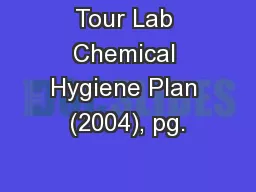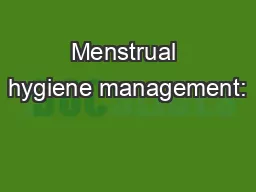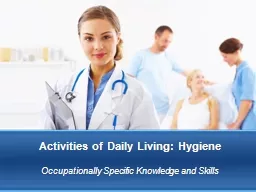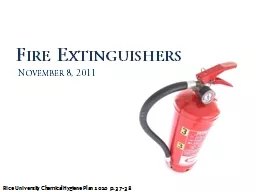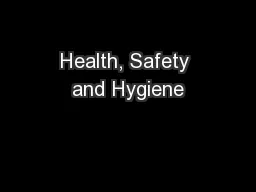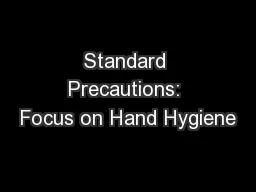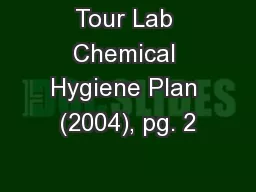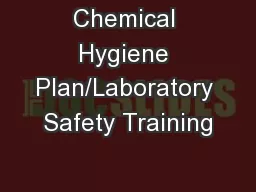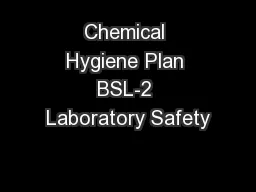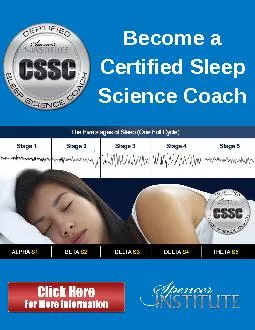PPT-Tour Lab Chemical Hygiene Plan (2004), pg.
Author : liane-varnes | Published Date : 2018-03-11
8 Control Measures and Equipment January 10 2012 Ventilation Laboratory ventilation should be not less that six air changes per hour calculated Work with toxic
Presentation Embed Code
Download Presentation
Download Presentation The PPT/PDF document "Tour Lab Chemical Hygiene Plan (2004), p..." is the property of its rightful owner. Permission is granted to download and print the materials on this website for personal, non-commercial use only, and to display it on your personal computer provided you do not modify the materials and that you retain all copyright notices contained in the materials. By downloading content from our website, you accept the terms of this agreement.
Tour Lab Chemical Hygiene Plan (2004), pg.: Transcript
Download Rules Of Document
"Tour Lab Chemical Hygiene Plan (2004), pg."The content belongs to its owner. You may download and print it for personal use, without modification, and keep all copyright notices. By downloading, you agree to these terms.
Related Documents

